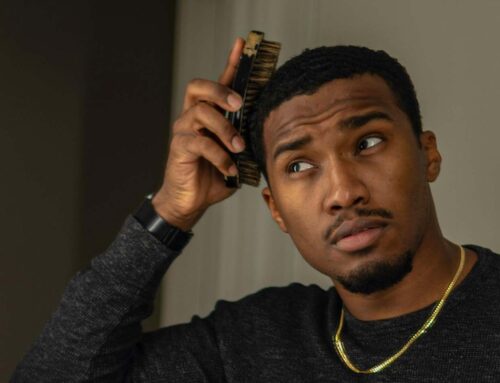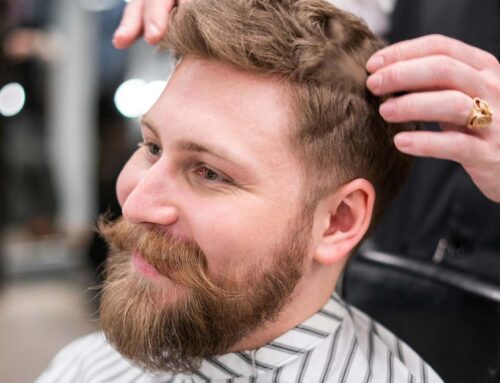Hair follicles grown in the lab in a step towards hair loss treatment
By modifying the embryonic skin cells of mice, researchers created hair follicles that grew up to 3 millimeters long over one month.
At Yokohama National University in Japan and a research team studied hair follicle organoids – tiny, simple versions of an organ. The premise was that by controlling the organoids’ structure, the team would be able to enhance hair follicle growth.
Although there is a great deal of research to go Dr. Katona, Medical Director of Katona Hair Restoration in Miami, FL feels these breakthroughs are exciting and while there are currently effective medical therapies to stop or slow hair loss this new research gives hope for a more permanent solution to hair loss in the future.
HEALTH 21 October 2022
By Jason Arunn Murugesu

Hair Follicle
Mature hair follicles have been grown in a laboratory for the first time, in a move that could one day treat hair loss.
Artificially producing hair follicles has historically been very difficult, says Kairbaan Hodivala-Dilke at Queen Mary University of London, who wasn’t involved in the study. “Different types of cells need different sorts of nutrients and when they’re outside the body, they need different sorts of requirements compared to when they’re in the body.”
Among mammals, hair follicles are typically produced in embryos as a result of interactions between skin cells and connective tissue.
To better understand these interactions, Junji Fukuda at Yokohama National University in Japan and his colleagues studied hair follicle organoids – tiny, simple versions of an organ.
By controlling the organoids’ structure, the team was able to enhance hair follicle growth.
“We examined various conditions, including growth factors, activators and inhibitors of signaling pathways and essential culture medium components,” says Fukuda.
The team’s main breakthrough was culturing mice embryonic skin cells in a special type of gel, which allowed the cells to be reprogrammed into hair follicles.
“If you think of a hair follicle, it’s got the hair down the middle of it and then it’s got layers of epithelial cells around the follicle and other specialized cells,” says Hodivala-Dilke. The gel allows these cells to grow in a laboratory in a way that means they can climb over and around each other [like they do in the body], she says.
The hair follicles grew for up to one month, reaching up to 3 millimeters long. “This is probably related to the fact that the hair cycle of mice is about one month,” says Fukuda.
The team is now working to recreate the experiment using human cells.
According to Hodivala-Dilke, laboratory-grown human hair follicles could one day treat hair loss. “You might be able to take hair from someone whose hair is really lush and make it grow in the lab and then use those follicles to do a transplant,” she says. Existing hair transplants involve moving hair from one part of the body to an area that is thinning or bald, which can cause scarring.
“This discovery is not going to cure hair loss, but it lays the foundation for somebody to potentially do so,” says Hodivala-Dilke.
Journal reference: Science Advances, DOI: 10.1126/sciadv.add4603




